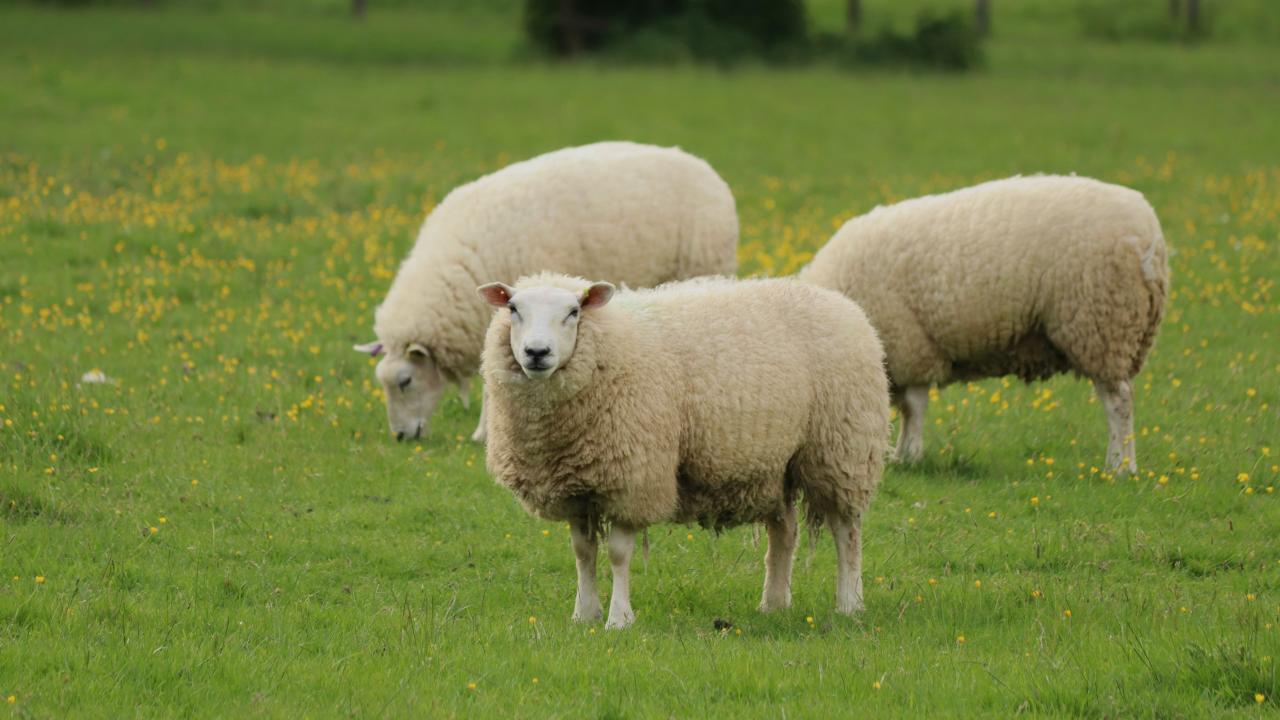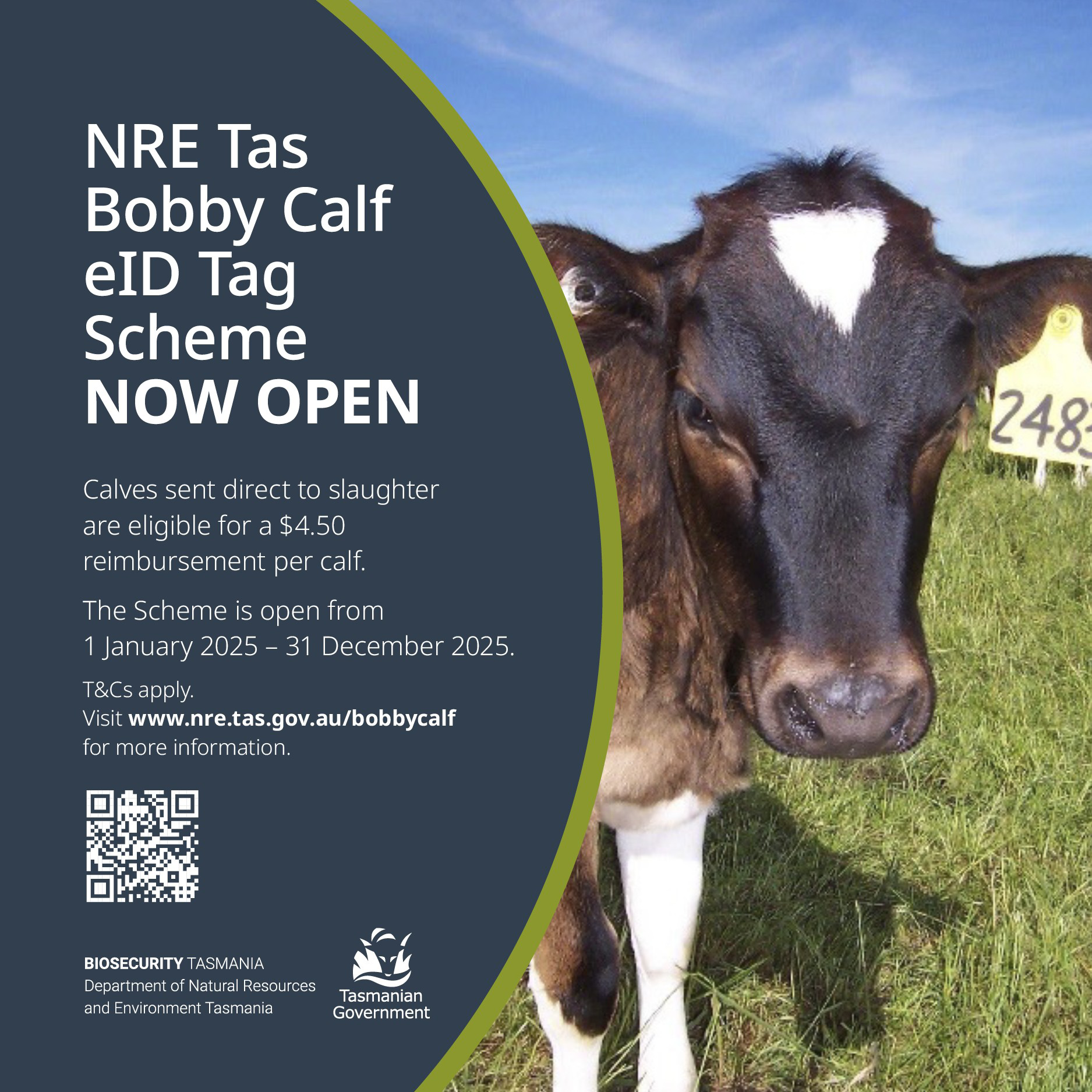Market Talk - Hot lamb market starting to cool

This week we have had a mixed bag in Tassie when it comes to rain, with most of the North, North West and North East getting between 25 and 50mm which is a very good rain for this time of the year and hopefully sets up a good early spring.
On the other hand, Southern regions have almost no rain to speak of, with producers now staring at a very bleak spring unless things change pretty quickly.
I was talking to a farmer in the Derwent Valley during the week and he has started hand feeding his ewes and lambs, not a good sign.
These seasonal conditions are already playing a big part in the number and size of new seasons lambs coming in to the markets.
In saleyards like Wagga the reports indicate 70 per cent of the new season lambs are light store types which are being bought to restockers or feeders.
One can understand producers off loading light lambs when the prices are sitting between $140 and $190/head.
There are only very small lambs under those prices.
It will be interesting to see what sort of percentages of these new season lambs go back to the paddock and feedlots over the next couple of months.
The heavy lamb indicator has come back 40c/kg over the last week but still prices are at record levels and sits at 1135c/kg.
In Victorian and NSW markets this week most heavy lambs are making 1080c to 1150c and the trade lambs indicator sits at 1122c which down 35c on last week.
There is definitely an easier trend but in all reality this correction had to come and it will be interesting to see where the level stabilises as more new lambs come to the market.
Most new lambs at the moment are working out at 1100 to 1150c/kg with a $4 skin. Mutton markets are also easing but still very good with most interstate prices sitting in the 630c to 740c/kg carcass weight.
Some of the big mutton processors are killing big numbers of calves and that will continue for a another few weeks.
MLA has released research into emerging consumer groups in Australia, especially from Asian backgrounds, which indicates that these groups are buying more fresh meat than ever before and with immigration form mainly India, China and the Nepal region this is a growing trend that will certainly help our domestic consumption of all red meats.




Add new comment